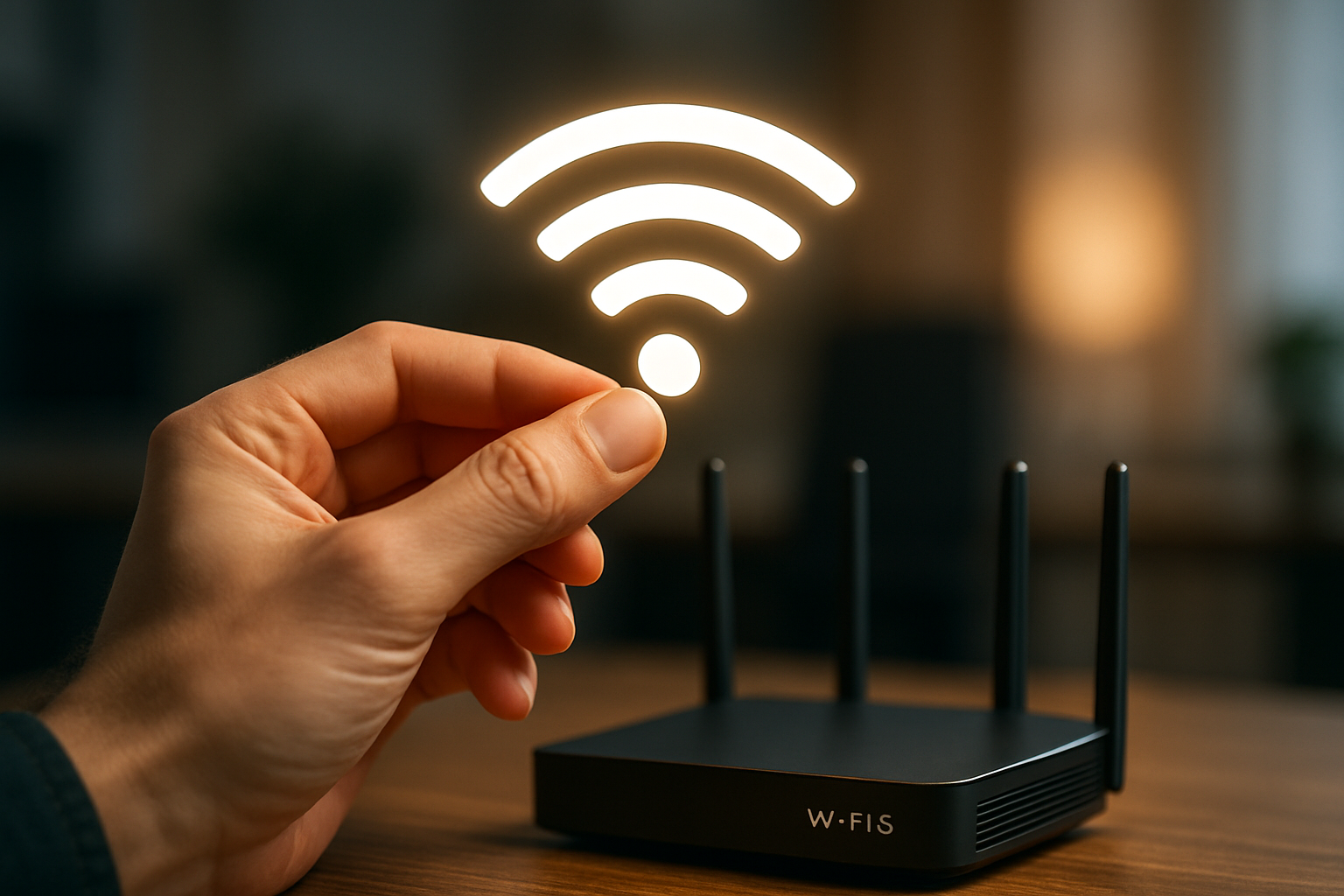Managing bandwidth: tips for households with many devices
Households with many connected devices face constant pressure on available bandwidth, whether from streaming video, online classes, gaming, VoIP calls, or smart-home sensors. Practical steps—covering router setup, device prioritization, network segmentation, and simple security measures—can improve connectivity and reduce latency across wired, wireless, mobile, and satellite links.

How can you improve connectivity at home?
Start by mapping every device that uses your network: phones, tablets, laptops, streaming boxes, smart TVs, VoIP handsets, and IoT sensors. Identify high-bandwidth activities such as 4K streaming, cloud backups, and online gaming. Use a combination of wired Ethernet for stationary devices and updated wireless standards for mobile gadgets. Regularly review your ISP account for data caps or roaming rules if you use mobile broadband. Small infrastructure changes, such as adding switches or access points, can significantly improve overall connectivity.
How to optimize broadband usage?
Broadband plans vary by speed and latency; check what you actually have with speed tests during peak and off-peak hours. If multiple simultaneous streams are common, aim for a plan that provides sufficient aggregate bandwidth rather than focusing on a single-device speed. Implement Quality of Service (QoS) rules on your router to prioritize VoIP or video conferencing over large file downloads. Schedule heavy uploads like cloud backups overnight when fewer users are active to make the most of available capacity.
Is fiber worth the setup?
Fiber often delivers higher sustained throughput, lower latency, and more consistent performance compared with DSL or satellite. For dense households with many devices and multiple users doing video calls, gaming, or remote work, fiber infrastructure can reduce congestion and improve VoIP clarity. However, availability depends on local infrastructure and ISP offerings. If fiber is not available, a reliable cable or fixed wireless plan with adequate bandwidth may be a practical alternative for most households.
Can 5G help household bandwidth?
5G and mobile broadband can supplement fixed connections, especially where wired infrastructure is limited. Mobile 5G can offer high speeds and lower latency for individual devices, but shared household use may involve carrier-imposed data limits or variable performance depending on signal strength and tower load. Use 5G as a backup or for mobile-heavy households, and consider a hybrid setup where fixed broadband handles core traffic while mobile connectivity supports specific devices or roaming scenarios.
How to reduce latency across devices?
Latency affects responsiveness in gaming, video calls, and real-time applications. Use wired Ethernet for latency-sensitive devices whenever possible, reduce wireless interference by placing access points centrally, and select routers that support modern standards like Wi-Fi 6. Firmware updates and optimized channel selection reduce packet loss. For long-distance links, choose ISPs with better peering arrangements; for remote locations, be aware that satellite links may have higher inherent latency compared with fiber or cable.
Which routers and wireless setups work best?
Choose routers with sufficient CPU and RAM to handle many simultaneous connections, and look for models that support beamforming, multiple SSIDs, and mesh configurations for larger homes. Segment traffic with a guest SSID for visitors and a dedicated SSID for IoT devices to improve security and bandwidth management. Consider dual-band or tri-band mesh nodes to spread wireless load; when available, use Ethernet backhaul between nodes to preserve wireless capacity for client devices.
Conclusion
Managing bandwidth in a device-heavy household requires a mix of planning and practical adjustments: know your device inventory, match your broadband plan to real usage, prioritize critical traffic, and improve home infrastructure with appropriate routers, wired connections, or mesh systems. Combine these steps with basic cybersecurity practices and periodic speed checks to maintain a stable, low-latency network for everyday needs.





